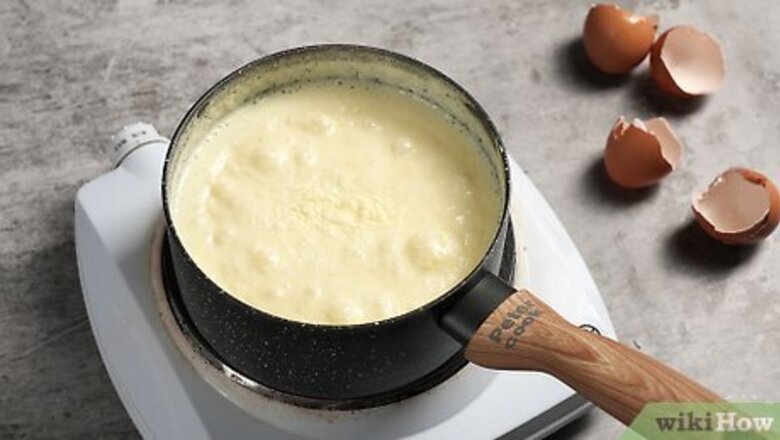
views
Prepare your custard.
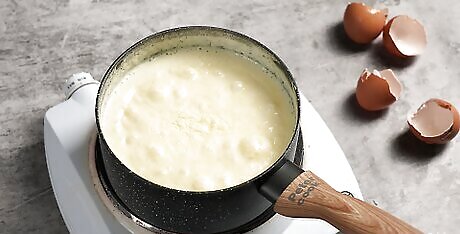
Use whatever recipe you have chosen. Follow the directions exactly. At some point in whatever custard recipe you are using, you will be asked to cook the custard.
Cook the custard properly.
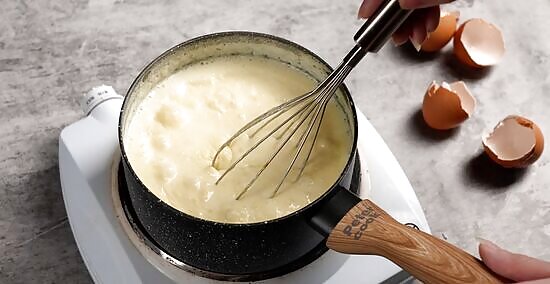
Stir the custard continuously as you are cooking the ingredients. If the custard is allowed to set, a skin will form. Keep the custard stirred well with a wire whisk to prevent a skin from forming.
Strain the custard.
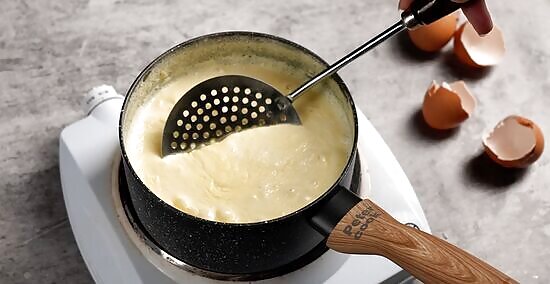
Remove anything from your custard mixture that resembles a skin. You can do this with a strainer or a slatted spoon. You may notice a thin skin as you are cooking or when you are ready to pour.
Pour the custard.

Pour the custard into the prepared custard dish or dishes. If you are adding the custard to other ingredients in a special custard recipe, follow the directions of the recipe for when to pour the custard.
Cover the custard.
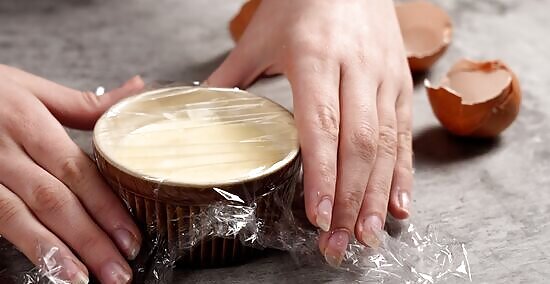
Place a piece of cling wrap or waxed paper over the custard in the prepared dish or individual dishes. The wrap should be bigger than the size of the dish.
Stick the cling wrap or waxed paper to the top of the custard.
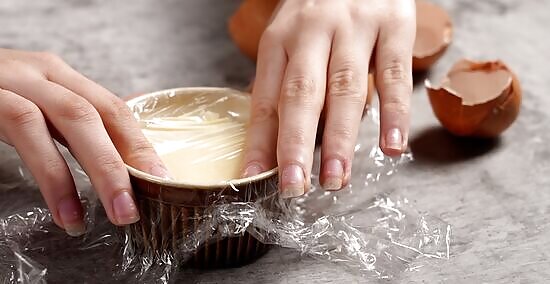
Use your hands to lightly press the cling wrap or waxed paper. It should be actually touching the top of the custard. It is important that the wrap or paper be placed directly on the surface of the custard mixture, not just above it.
Refrigerate the custard mixture according to the recipe.

Refrigerate the custard in an airtight container. Leave the cling wrap or waxed paper in place until the custard is served.
Remove covers before serving.
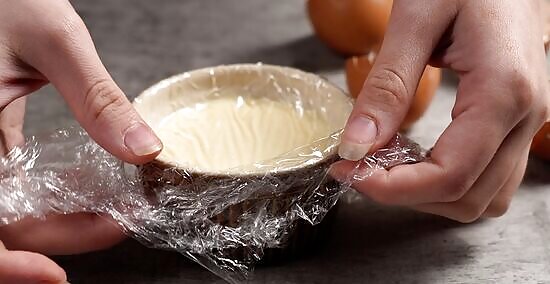
Remove the cling wrap or waxed paper carefully before serving or adding the custard to the rest of the custard recipe you are preparing. There should be no skin on the custard.
Keep skin from forming once the custard is served.
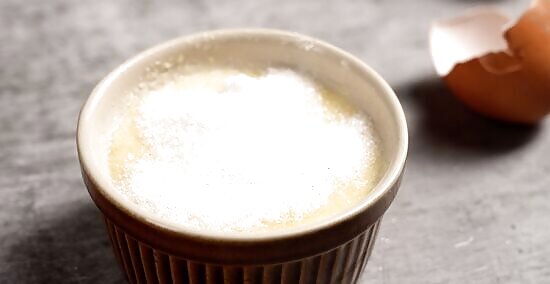
Sprinkle a little sugar on the top of a sweet custard if you are going to serve the custard cold. The sugar will work toward keeping the skin away.
Finished.
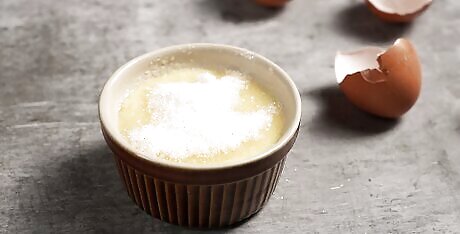
Enjoy your custard!




















Comments
0 comment